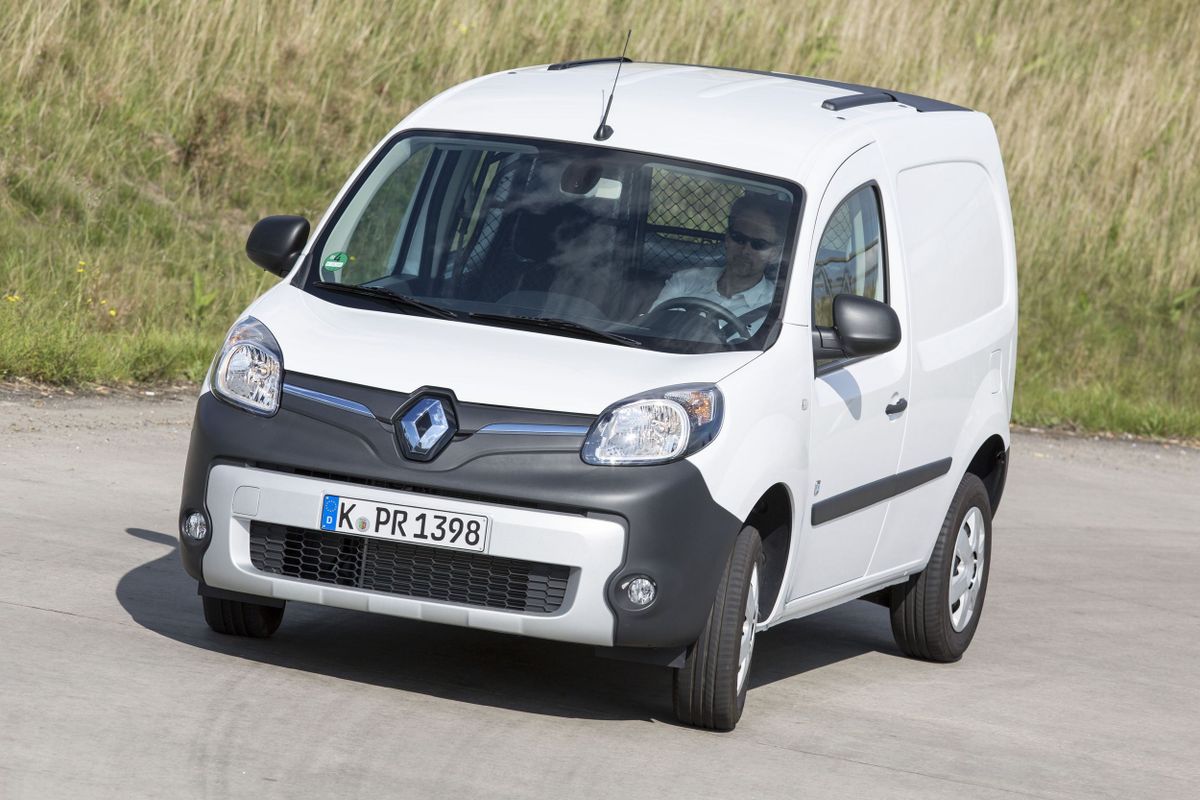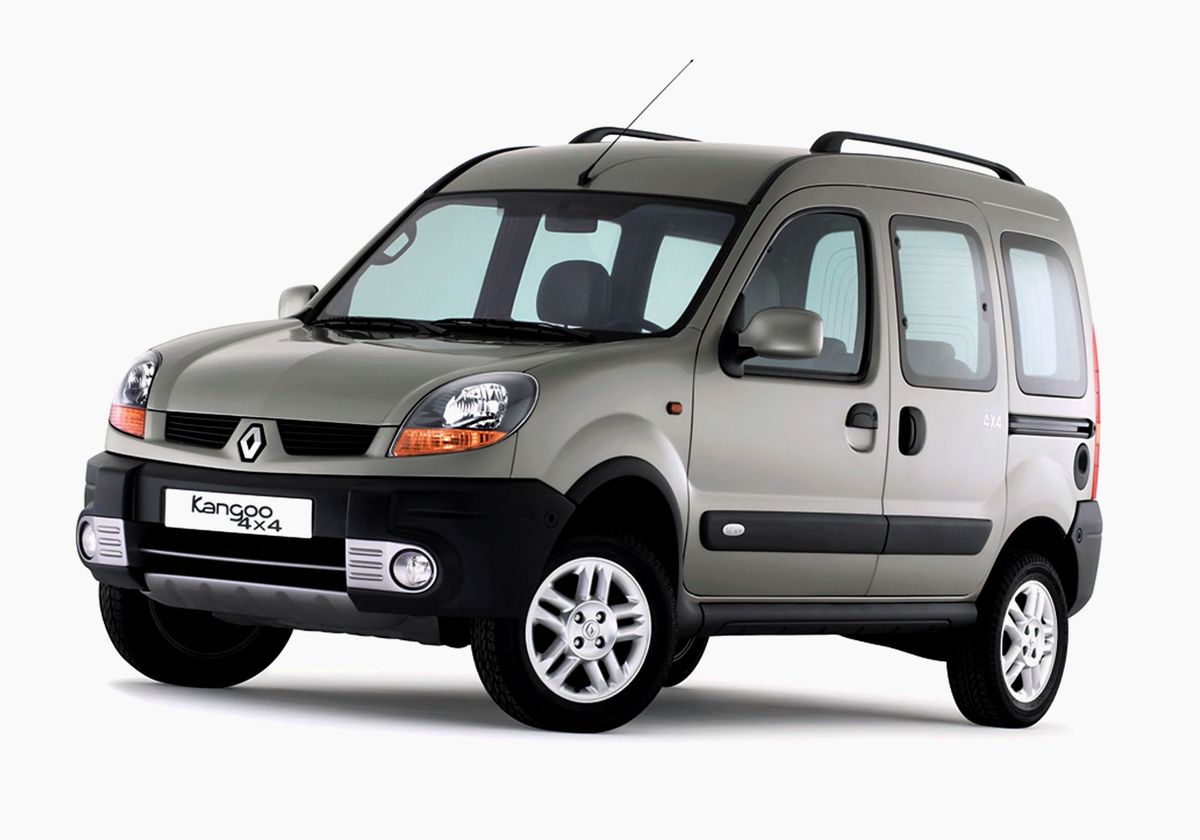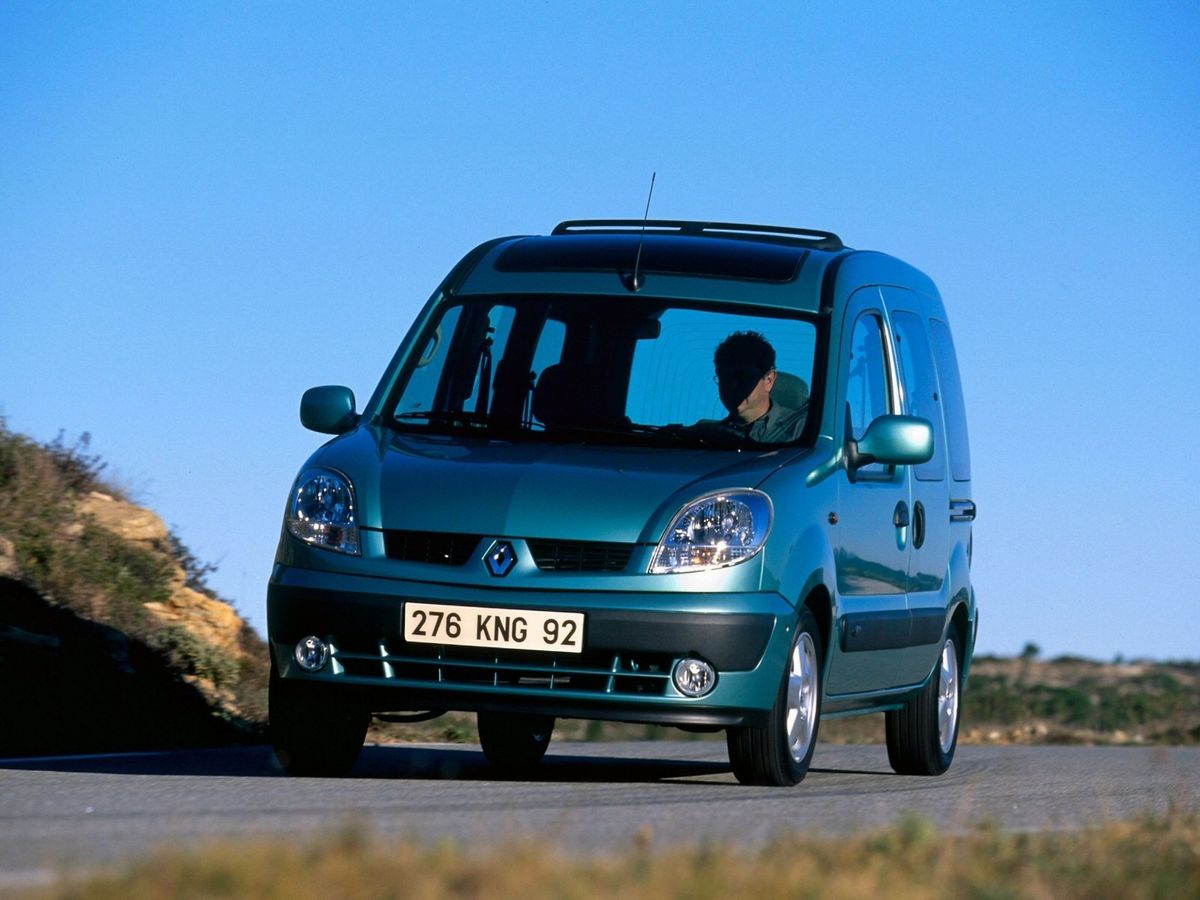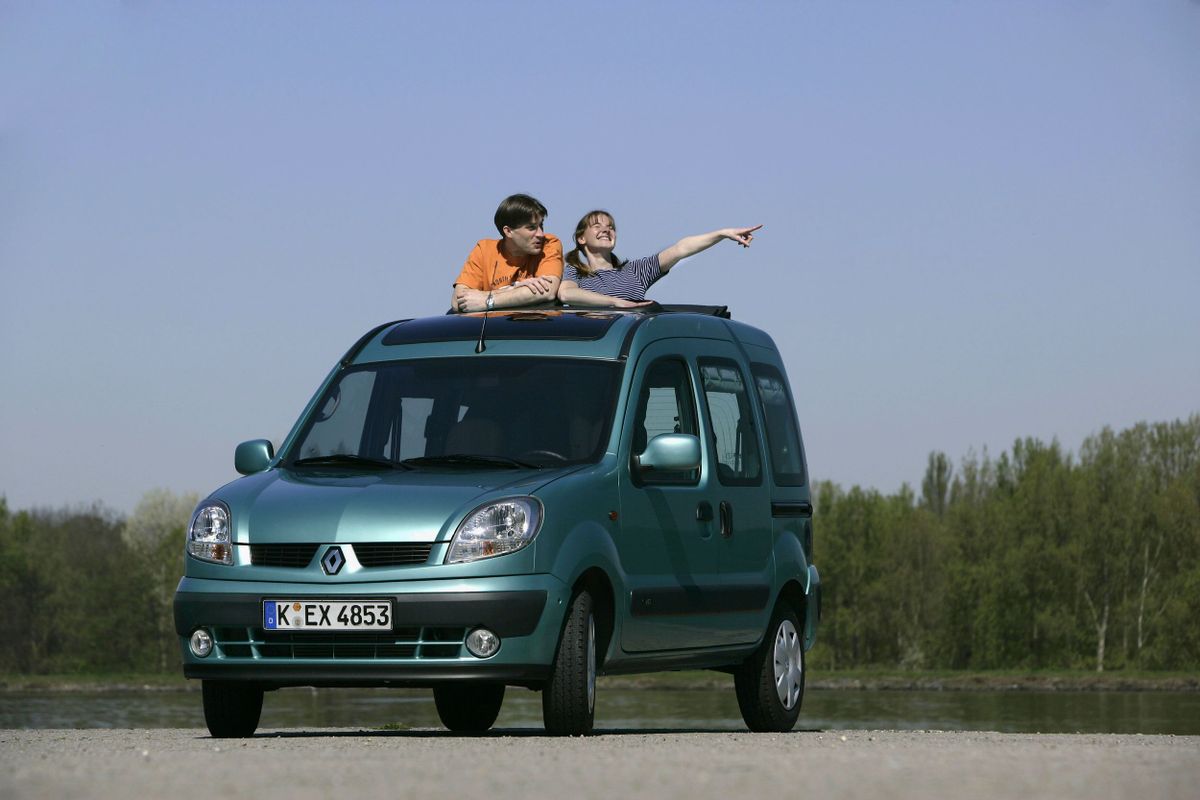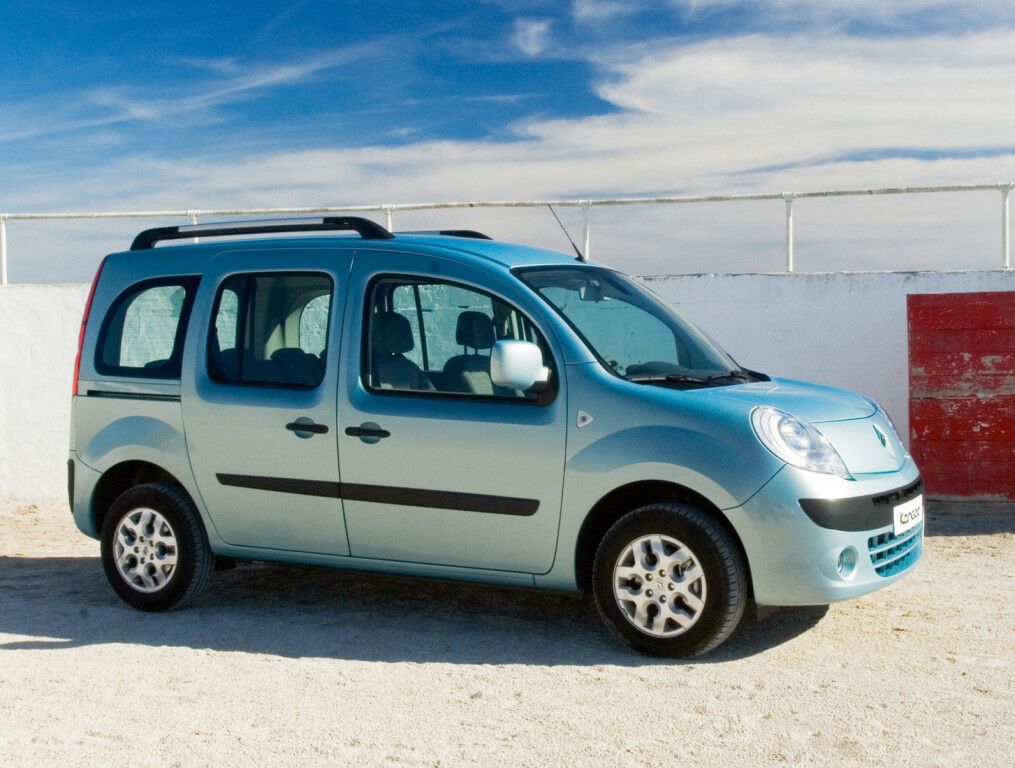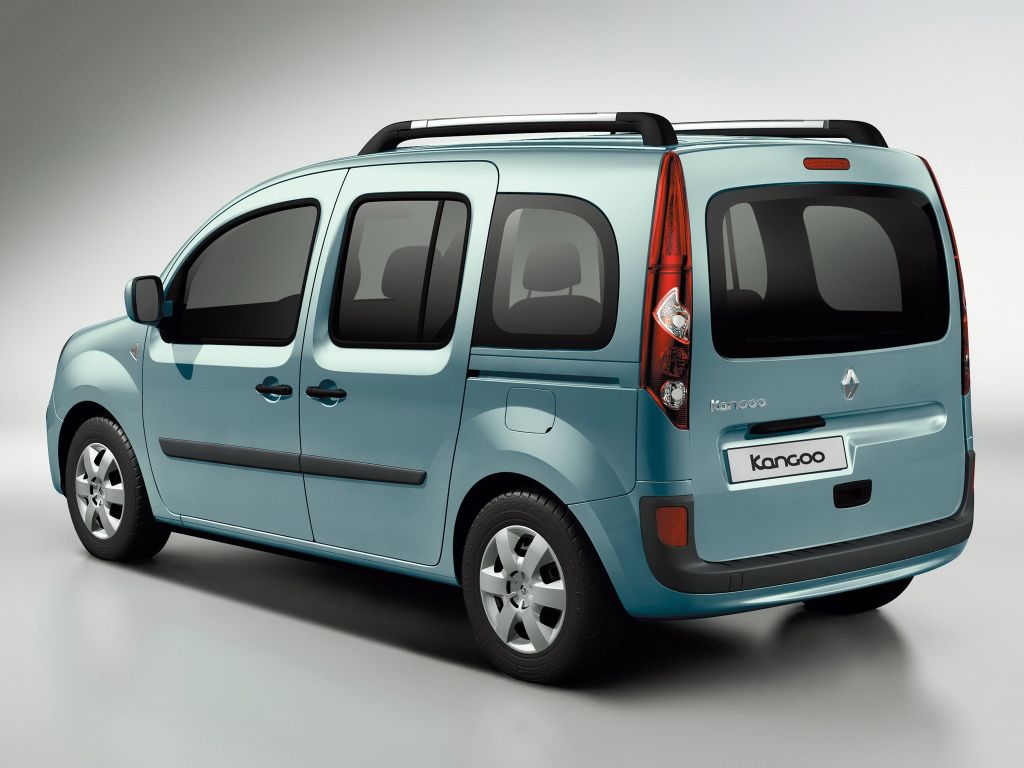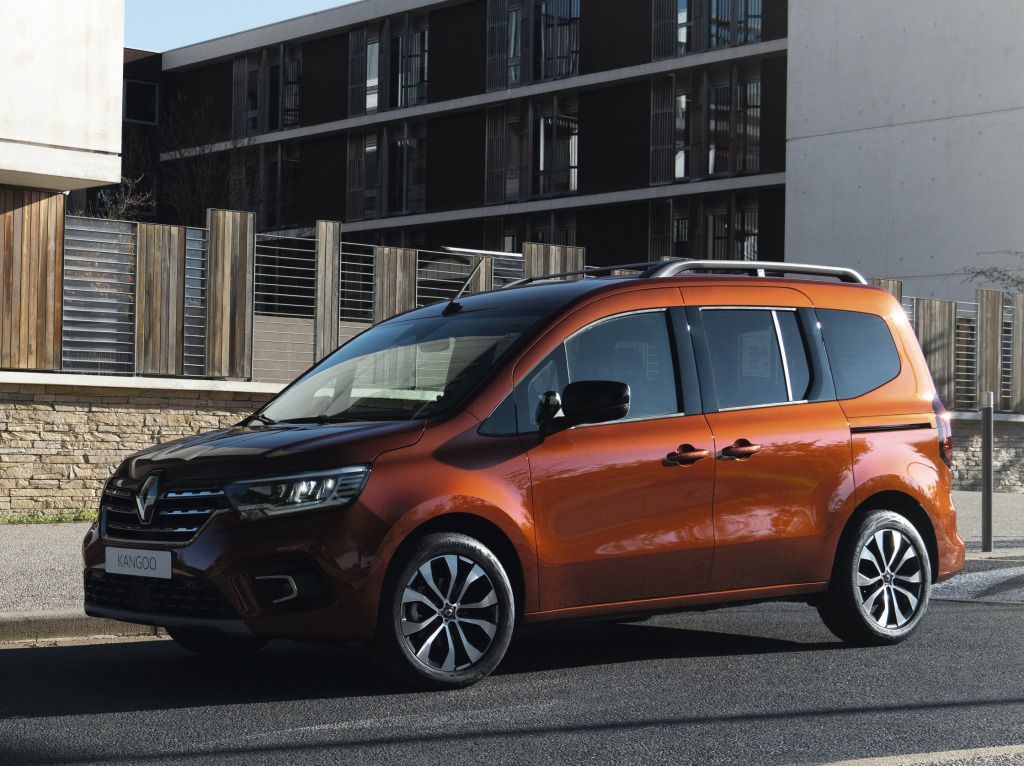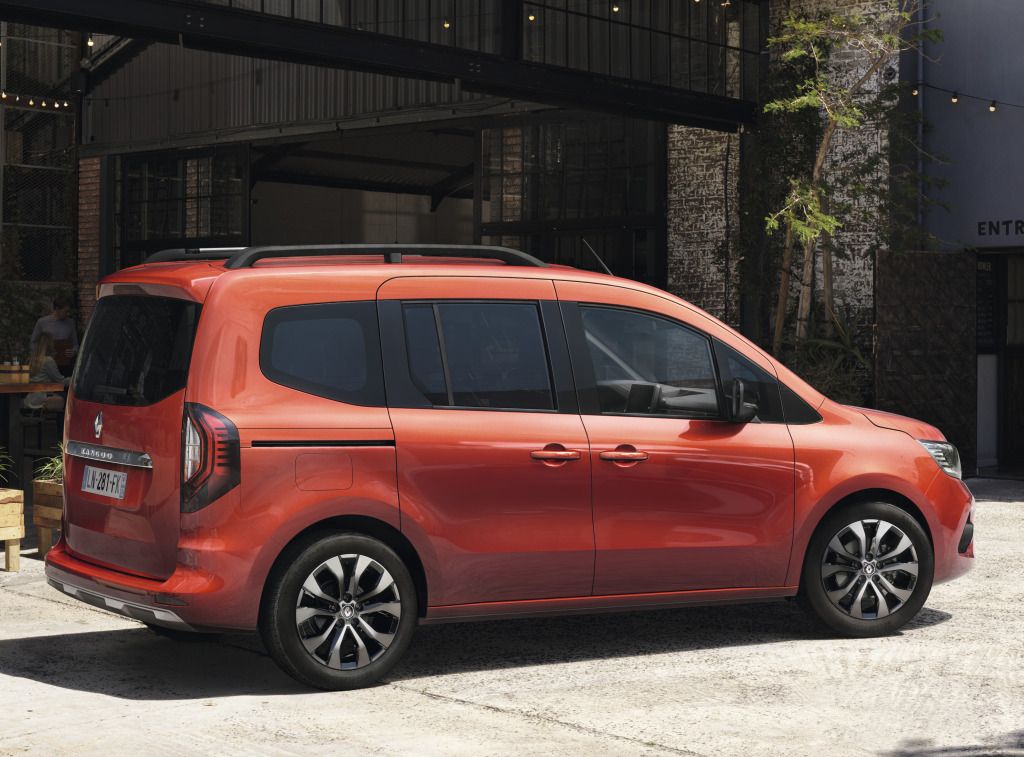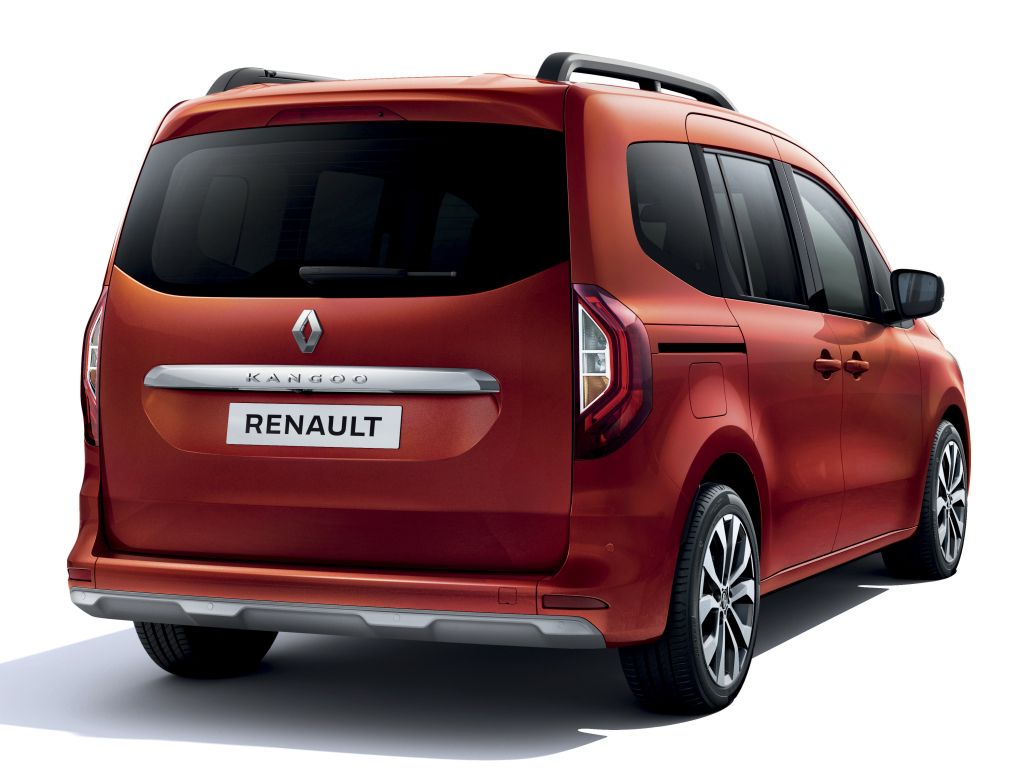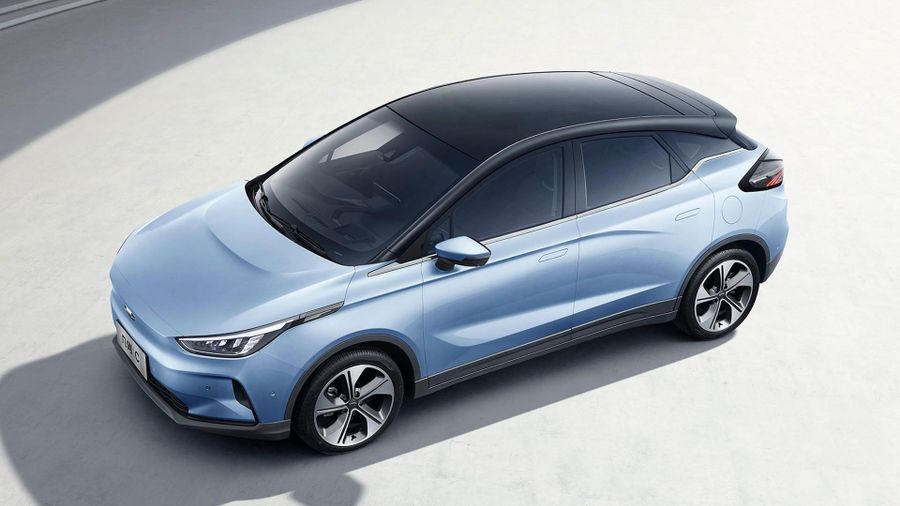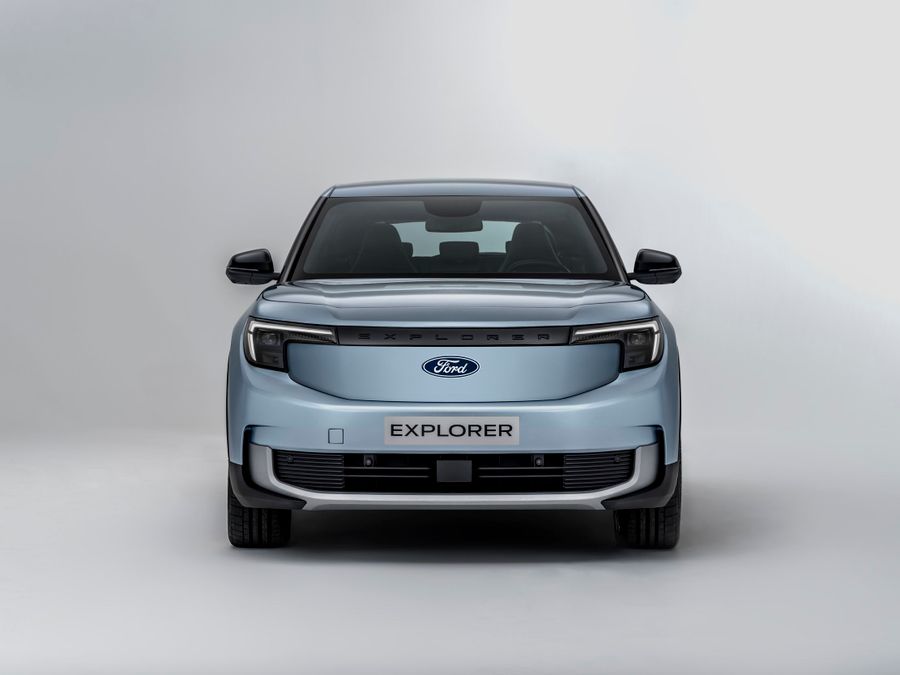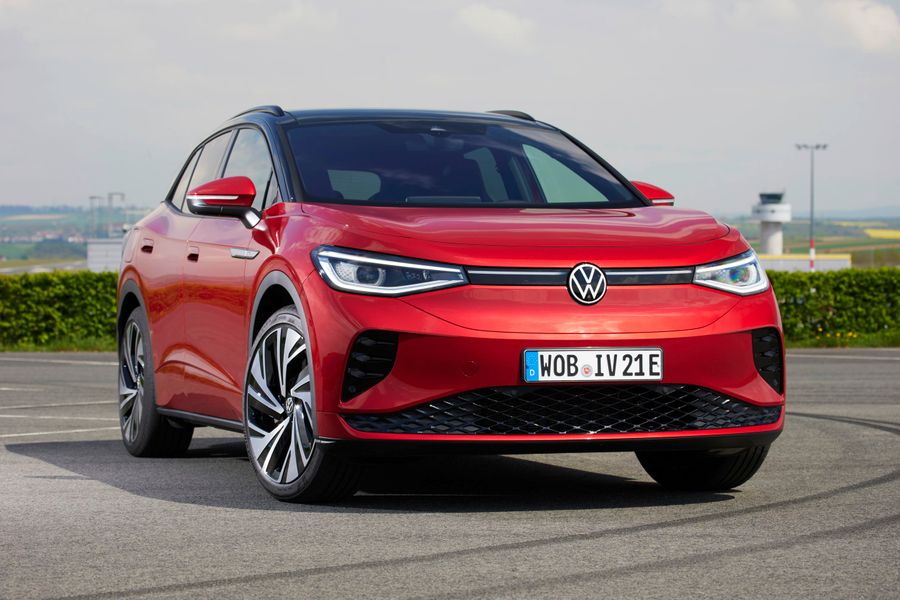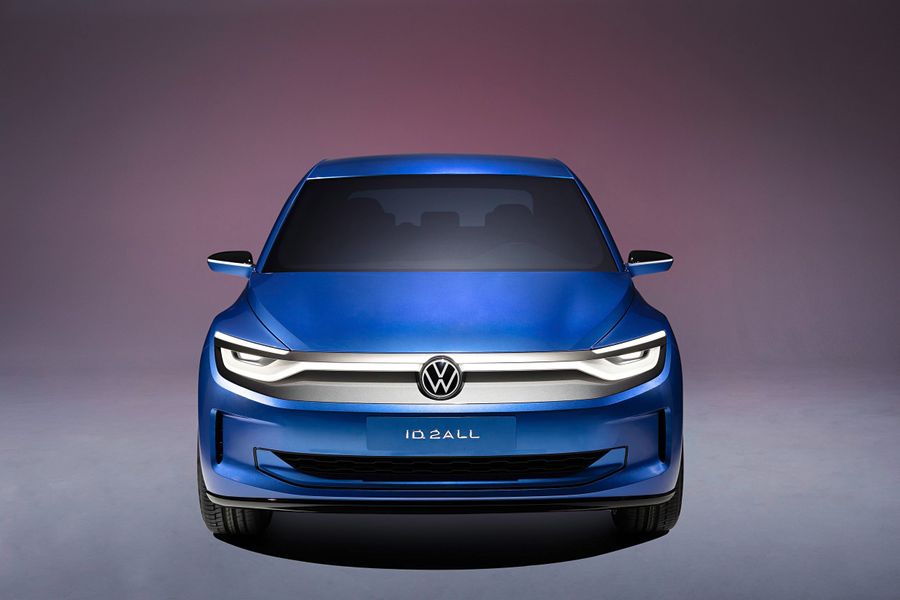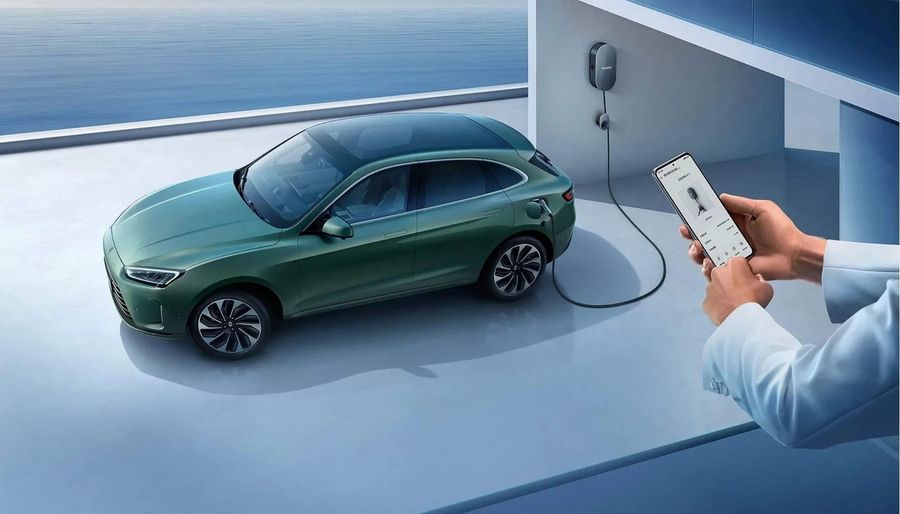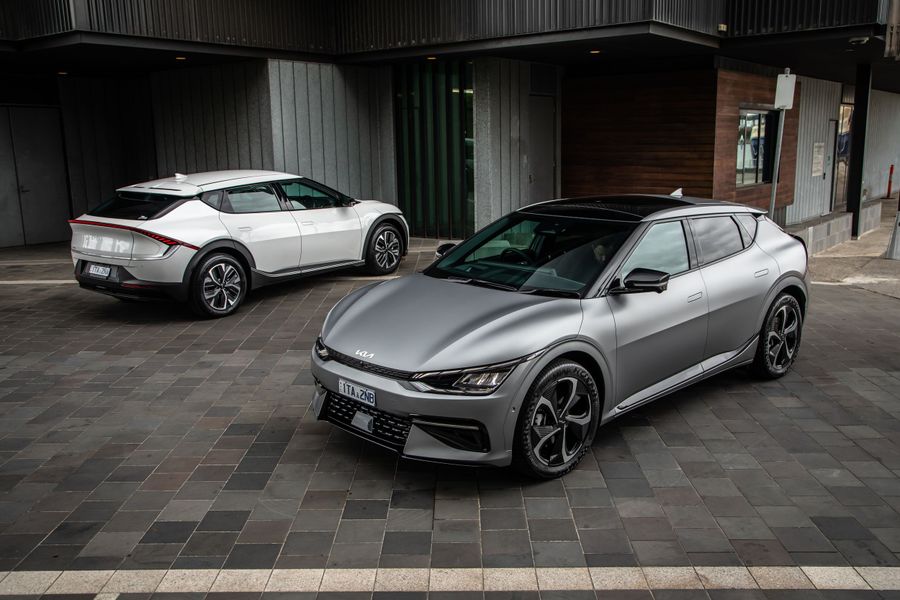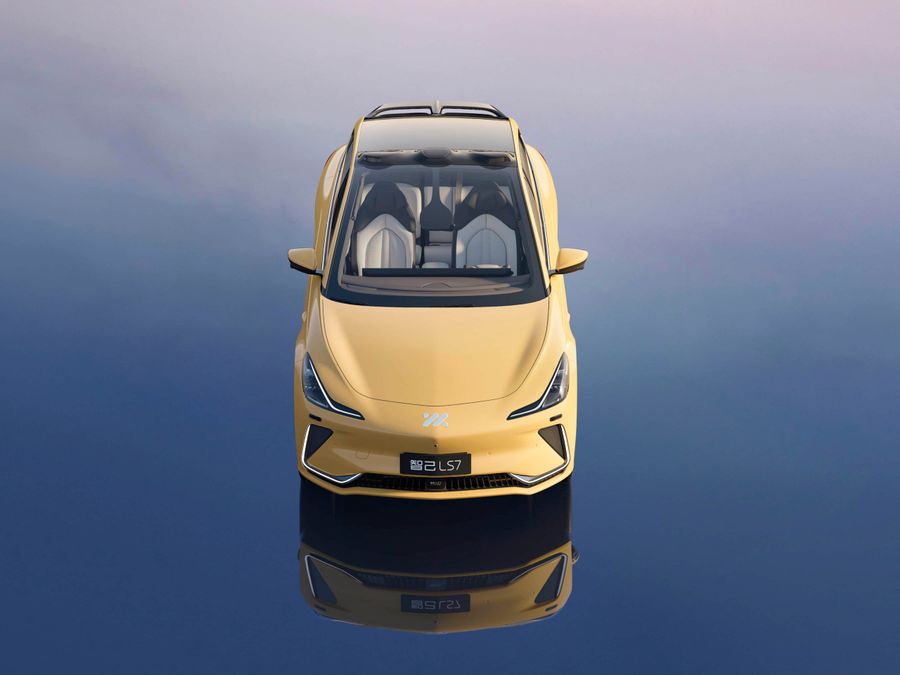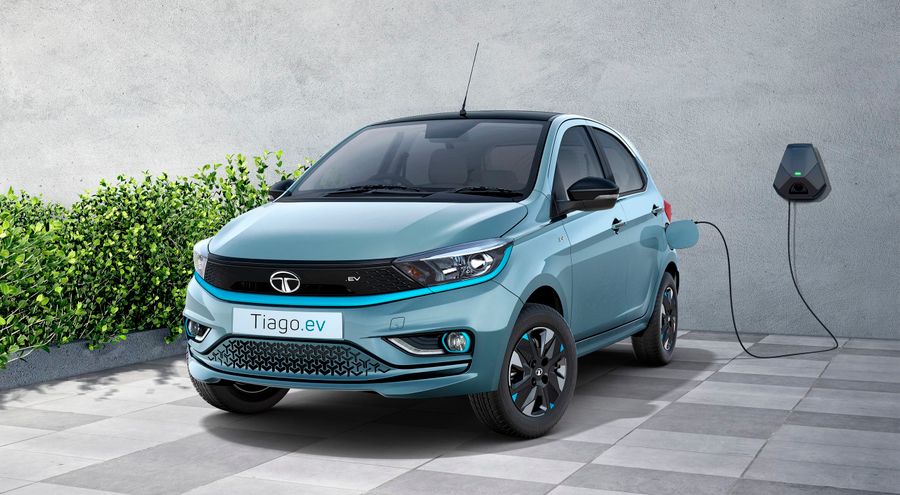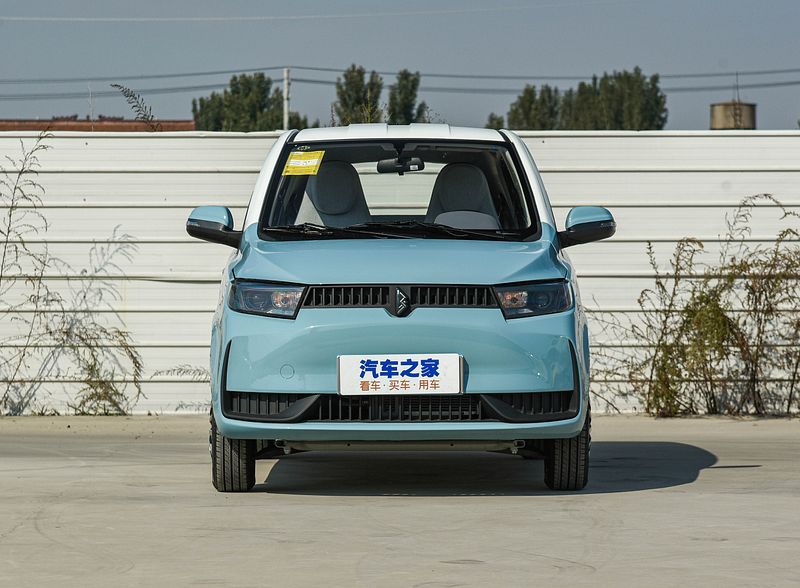
French multipurpose compact van
The Renault Kangoo is a French multipurpose compact van produced by Renault since 1997. There are two-door and three-door cargo and four-door passenger modifications. The cars are manufactured in France, Argentina and Turkey. In 2020, Israeli buyers could purchase the second generation model restyled in 2013 (as of 2021). In 2021, we expect a new, third generation to be released.
The first generation
It was produced from 1997 to 2007, while its restyling took place in 2003. The first Kangoo was equipped with petrol and diesel engines with a volume ranging from 1.2 (58 hp) to 1.9 liters (80 hp), as well as a 22 kW synchronous electric motor with nickel-cadmium batteries. The electric version had two modifications: Electri’cité (pure electric vehicle) and Elect’road (with an additional petrol generator). After the restyling in 2003, the cars acquired the redesigned front end.
Standard equipment included power steering, airbags, ABS and air conditioning. There were modifications with an automatic transmission, as well as an all-wheel drive version. It was possible to add a third row of seats with three seats. In addition, the first generation van had a longer Rapid Maxi modification and a Trekka four-wheel drive version (since 2002). In total, from the beginning of production until September 2007, 2,200,000 cars were produced.
The second generation
It has been produced from 2007 to the present, and was restyled in 2013 (as of 2020). The second Kangoo was based on the new Renault Scenic. In February 2013, the van was modernized, acquiring a new design of the front end and the interior panel, as well as more equipment.
The 2013/2014 Renault Kangoo was equipped with both petrol (105 hp) and diesel (75, 90 and 110 hp) engines. Models made before 2013 could also be equipped with Flex-Fuel motors, allowing you to choose between petrol, ethanol and any mix.
Modifications
The second generation Renault Kangoo has 4 modifications with different wheelbases:
- Kangoo Compact (short wheelbase van);
- Kangoo Be Bop (shortened passenger version, produced from 2009 to 2012);
- Kangoo Express (standard modification);
- Kangoo Express Maxi (long wheelbase).
In 2012, Mercedes-Benz launched the production of the Kangoo-based car, the Mercedes Citan. In 2016, the Kangoo and Citan had an alternative to a manual transmission. Moreover, the cars were given not a simple automatic, but a EDC6 (Efficient Dual Clutch) 6-speed preselective dual-clutch transmission.
In 2016, the manufacturer introduced the Kangoo X-Track with a limited slip differential, increased ground clearance and underbody protection.
Electric version
Since 2011, Renault has been producing an electric version, the Kangoo Express Z. E. It has an electric motor with approximately 70 hp and a torque of 226 Nm. The declared driving range is 170 km. In France, the manufacturer sells Z.E. cars without batteries, while the batteries need to be rented by the car owner from Renault for a monthly fee of about 79€. It takes 6-8 hours to fully charge the battery from a regular outlet, while Renault has the option of Quickdrop automatic battery changers.
The 4.21 m long vehicle offers the capacity ranging from 3 to 3.5 m³ (identical to the version with an internal combustion engine) and the load capacity of 650 kg. Although the batteries take up a lot of space, the amount of cargo space is not affected as the batteries are located under the floor of the vehicle.
The third generation
On the last day of March 2021, a new Kangoo was unveiled, built on the modular CMF platform. The vehicle has become significantly larger. It is 4,486 mm long (instead of 4,304 mm) and 1,919 mm wide (instead of 1,829 mm). The volume of the trunk compartment has grown even more: with the rear row folded down, the volume of space reaches 3,500 liters instead of 2,600 for the previous generation. The compartment under the shelf has been increased from 660 to 775 liters.
For the first time in this segment, a rear-view mirror was replaced by a display showing the image captured from the rear camera.
The interior has also become of better quality, acquired more expensive materials, more space and better noise insulation (due to thicker glasses, among other things). The seats have received a new, more comfortable profile. Options include an engine start button, an EasyLink multimedia system with an 8-inch screen and even dual-zone climate control. There is a 4.2-inch trip computer display. The manufacturer also promises a digital dashboard (7-inch screen) and an electric handbrake.
The vehicle will be equipped with 1.3 TCe petrol turbocharged engines (two options, with a capacity of 100 or 130 hp), as well as a 1.5 Blue dCi turbocharged diesel engine (75, 95 or 115 hp). The engines come with a 6-speed manual transmission, but the most powerful versions have a 7-speed semi-automatic transmission available for an extra charge.
The total capacity of all caches and glove compartments reaches 49 liters. The backseat, divided in the usual 60:40 ratio, has three full-fledged seats. The list of equipment for the compact van is supplemented by adaptive cruise control with a lane keeping assist function and an automatic braking system. For the first time in this segment, a rear-view mirror was replaced by a display showing the image captured from the rear camera. The vehicle is supposed to replace the more expensive Scenic compact van, which is coming to an end. The new model is expected to be on sale in June 2021.

